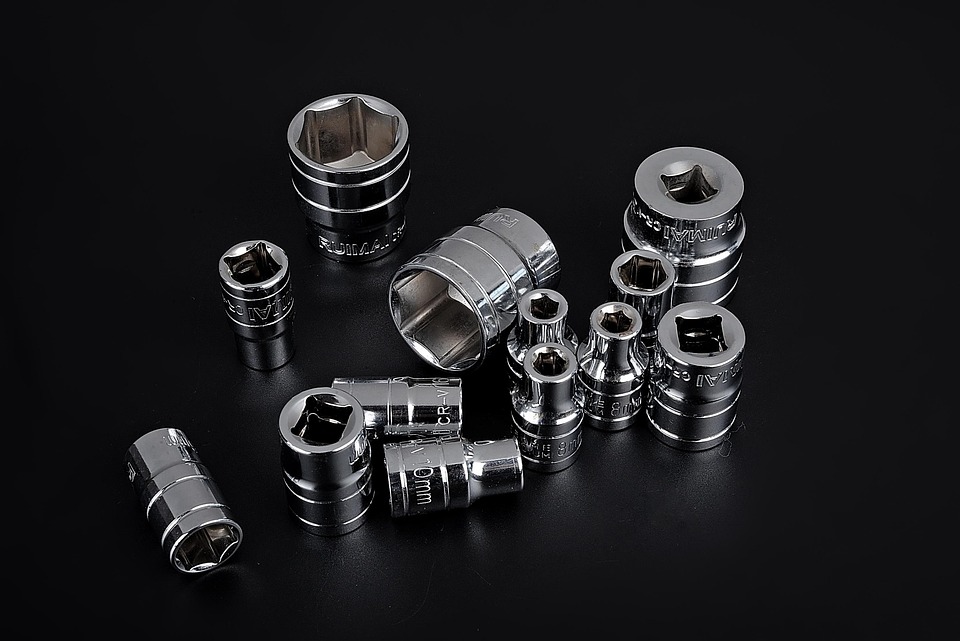Artificial Intelligence (AI) has transcended its beginnings as a theoretical concept into a transformative force influencing various aspects of our lives, from healthcare to finance, entertainment to transportation. However, to fully harness its potential, AI demands robust hardware capable of processing vast amounts of data rapidly and efficiently. This article explores the rise of AI hardware, its significance, and what you need to know about the landscape evolving around it.
Understanding AI Hardware
AI hardware refers to the physical components that contribute to the functioning of machine learning applications. This includes central processing units (CPUs), graphics processing units (GPUs), tensor processing units (TPUs), field-programmable gate arrays (FPGAs), and application-specific integrated circuits (ASICs). Each of these components plays a crucial role in executing deep learning algorithms that power intelligent systems.
The Demand for Specialized Hardware
As AI applications become more complex and data-intensive, the traditional computing infrastructure often falls short in performance and efficiency. The rise of specialized AI hardware can be attributed to:
-
Higher Performance Requirements: Standard CPUs may struggle with the parallel processing necessary for training advanced machine learning models. GPUs and TPUs excel in handling such tasks due to their ability to perform numerous calculations simultaneously.
-
Energy Efficiency: AI applications are computationally demanding and can drain energy resources quickly. Specialized chips, such as FPGAs and ASICs, are designed for maximum efficiency, effectively reducing energy consumption while delivering high performance.
- Cost-Effectiveness: Although the initial investment in specialized hardware may be higher, the long-term savings in energy and increased uptime can significantly benefit businesses looking to implement AI on a larger scale.
Key Players in AI Hardware
Several key players dominate the AI hardware market, each contributing innovations that push the boundaries of what is possible:
-
NVIDIA: Known for its powerful GPUs, NVIDIA has positioned itself at the forefront of AI computing with its dedicated AI platforms and software, including the CUDA programming model.
-
Google: Google has developed its TPUs, optimized for running machine learning tasks. The TPUs are an integral part of Google’s cloud offerings, allowing organizations to use advanced AI capabilities without heavy upfront investments in hardware.
-
Intel: As a major player in computing technology, Intel is investing in AI-specific chips and systems to capture a share of this burgeoning market. Their recent acquisitions and developments show a clear pivot toward AI solutions.
-
AMD: With its competitive GPUs and custom silicon for data centers, AMD is making strides in the AI hardware sector, emphasizing performance and affordability.
- Startups and Innovators: Numerous startups are emerging in the AI hardware space, focusing on novel approaches to machine learning acceleration and efficiency.
Trends Shaping the Future of AI Hardware
-
Edge Computing: The move towards edge computing is reshaping AI hardware requirements. By processing data closer to the source, devices can deliver lower latency and reduced bandwidth costs, necessitating the development of specialized edge devices capable of efficient AI processing.
-
Integration with Cloud Services: As organizations increasingly rely on cloud services for their AI needs, the integration of AI hardware with cloud computing platforms will become increasingly critical. This allows for scalable and flexible solutions that can adapt to fluctuating workloads.
-
AI Model Optimization: With advancements in model optimization techniques and algorithms, hardware is evolving to become better suited to run these optimized models, driving the development of specialized chips that can execute refined algorithms more effectively.
- Sustainability: As the demand for AI technologies grows, so does the concern for their environmental impact. Companies are focusing on creating energy-efficient data centers and hardware that minimizes the carbon footprint associated with AI processing.
Conclusion
The rise of AI hardware is a pivotal development in the ongoing evolution of artificial intelligence. As AI continues to permeate various sectors, the need for specialized, efficient, and powerful hardware will only increase. By understanding the current landscape, key players, and future trends, businesses and individuals can better anticipate and adapt to the rapidly changing world of AI technology. The journey may be complex, but it promises to unlock unprecedented opportunities for innovation and advancement across industries.



